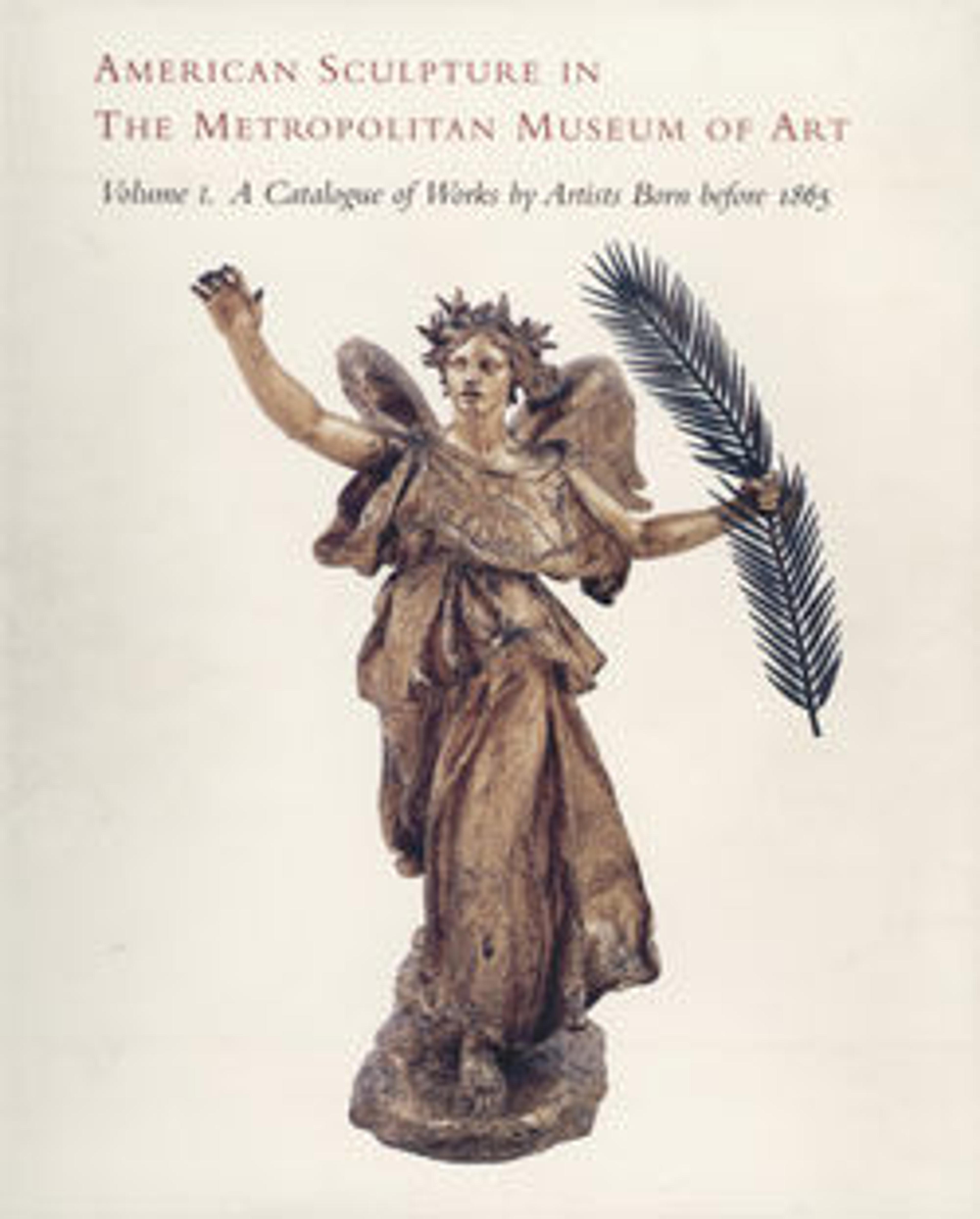Antigone Pouring a Libation over the Corpse of Her Brother Polynices
Rinehart's sculpture represents a climactic scene from Sophocles's tragedy, "Antigone," written in or before 442 B.C. Antigone's brother, Polynices, was killed by Eteokles, and then denied a proper burial because he was considered an enemy of Thebes. Against the orders of the new ruler, Creon, Antigone courageously interred Polynices. Rinehart chose to depict the moment when she pours libations over her brother's grave, thereby stressing to the viewer the importance of fighting against tyranny for one's civil liberties. Of all Rinehart's sculptures, Antigone may be the most closely related to antique prototypes, showing an affinity with a draped figure once in the Vescovali collection in Rome.
Artwork Details
- Title: Antigone Pouring a Libation over the Corpse of Her Brother Polynices
- Artist: William Henry Rinehart (American, Union Bridge, Maryland 1825–1874 Rome)
- Date: 1867–70; carved 1870
- Culture: American
- Medium: Marble
- Dimensions: 70 1/4 x 24 x 39 1/2 in. (178.4 x 61 x 100.3 cm)
- Credit Line: Gift of the family of John H. Hall, in his memory, 1891
- Object Number: 91.4
- Curatorial Department: The American Wing
More Artwork
Research Resources
The Met provides unparalleled resources for research and welcomes an international community of students and scholars. The Met's Open Access API is where creators and researchers can connect to the The Met collection. Open Access data and public domain images are available for unrestricted commercial and noncommercial use without permission or fee.
To request images under copyright and other restrictions, please use this Image Request form.
Feedback
We continue to research and examine historical and cultural context for objects in The Met collection. If you have comments or questions about this object record, please contact us using the form below. The Museum looks forward to receiving your comments.
